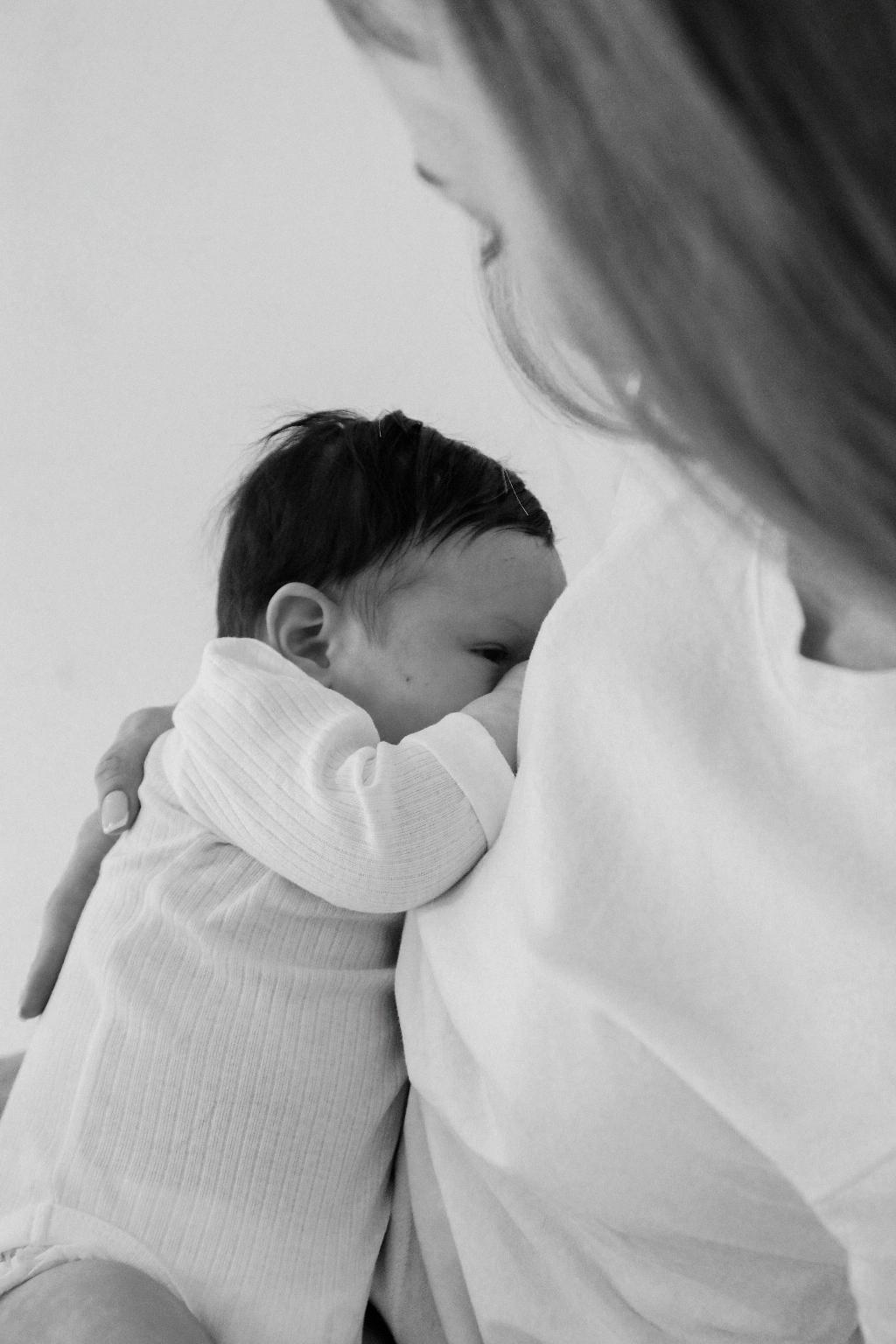Experiencing white blisters on your nipples can be a discomforting and painful experience, especially for breastfeeding mothers. These white spots, also known as milk blisters or milk blebs, can occur when the pores on the nipple become blocked during breastfeeding. In this article, we will explore effective home remedies and tips on how to treat white blisters on nipples.
1. Warm Compress
One of the most effective ways to treat white blisters on nipples is by using a warm compress. Applying a warm compress to the affected area can help soften the skin and open up the blocked pores, allowing the blister to heal more quickly. Simply soak a clean cloth in warm water and gently place it over the blister for a few minutes several times a day.
2. Gentle Massage
Gently massaging the affected area can also help in treating white blisters on nipples. Using gentle circular motions, massage the area around the blister to help loosen the blockage and promote healing. Be sure to wash your hands before massaging to prevent infection.
3. Olive Oil Moisturization
Another effective home remedy for treating white blisters on nipples is moisturizing the area with olive oil. Olive oil has natural moisturizing properties that can help soften the skin and promote healing. Simply apply a small amount of olive oil to the affected area and gently massage it in.
4. Epsom Salt Soak
Soaking your nipples in a warm Epsom salt bath can also help in treating white blisters. Epsom salt has anti-inflammatory properties that can help reduce swelling and promote healing. Simply dissolve Epsom salt in warm water and soak your nipples for a few minutes several times a day.
5. Breastfeeding Techniques
Improving your breastfeeding techniques can also help prevent and treat white blisters on nipples. Ensure proper latching to prevent excessive pressure on the nipples, which can lead to blocked pores. Consulting with a lactation consultant can provide valuable guidance on correct breastfeeding positions.
6. Nursing Pads
Using nursing pads can help protect your nipples from friction and moisture, which can exacerbate white blisters. Opt for soft, breathable nursing pads to keep your nipples dry and comfortable. Change nursing pads frequently to maintain hygiene.
7. Avoid Harsh Chemicals
Avoid using harsh soaps, lotions, or creams on your nipples, as these can irritate the skin and worsen white blisters. Opt for gentle, fragrance-free products to cleanse and moisturize your nipples. Ensure that any products that come into contact with your nipples are safe for breastfeeding.
8. Air-drying
Allowing your nipples to air dry after breastfeeding can help prevent moisture buildup, which can contribute to the formation of white blisters. Opt for breathable clothing and avoid wearing tight bras that can restrict airflow. Proper ventilation can promote healing and prevent further complications.
9. Consult a Healthcare Provider
If home remedies do not provide relief or if you experience persistent pain or discomfort, it is essential to consult a healthcare provider. A healthcare professional can assess the condition of your nipples and provide appropriate treatment recommendations, such as prescribed medications or ointments.
10. Proper Hydration
Ensuring proper hydration by drinking an adequate amount of water can also aid in the healing of white blisters on nipples. Staying hydrated helps maintain skin health and promotes overall well-being. Aim to drink at least eight glasses of water per day to support healing.
11. Rest and Relaxation
Allowing your body to rest and recover is crucial in treating white blisters on nipples. Ensure you get an adequate amount of rest and avoid activities that may cause unnecessary stress on the affected area. Practicing relaxation techniques such as deep breathing or meditation can help promote healing.
12. Patience and Persistence
It is essential to be patient and persistent in treating white blisters on nipples. Healing may take time, so continue to follow the recommended home remedies and tips diligently. Stay positive and focus on self-care to promote healing and ensure your well-being.

